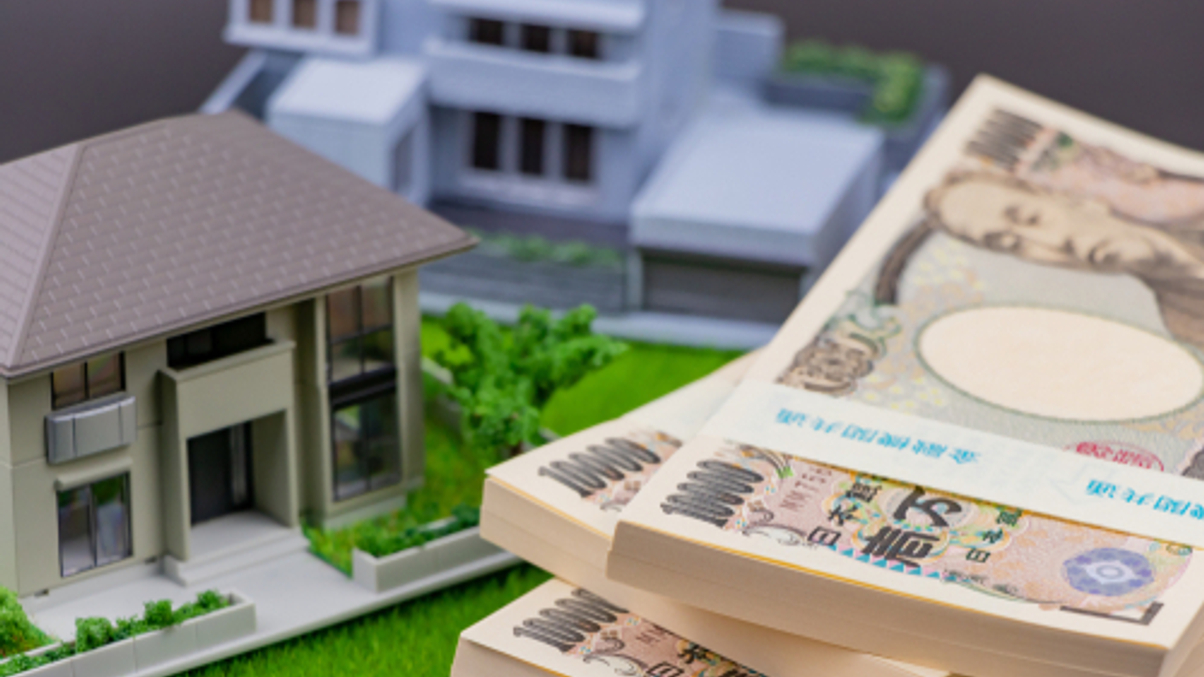Alts hit record high for Japan’s pension funds
Annual survey shows allocations to alternatives now account for more than a fifth of corporate pension fund investments. How long it can keep on rising is another question.

Institutional investors in Japan are continuing to invest heavily in alternatives, which now make up more than a fifth of their portfolios, a comprehensive new survey shows.
Sign In to Your Account
Access Exclusive AsianInvestor Content!
Please sign in to your subscription to unlock full access to our premium AI resources.
Free Registration & 7-Day Trial
Register now to enjoy a 7-day free trial—no registration fees required. Click the link to get started.
Note: This free trial is a one-time offer.
¬ Haymarket Media Limited. All rights reserved.


